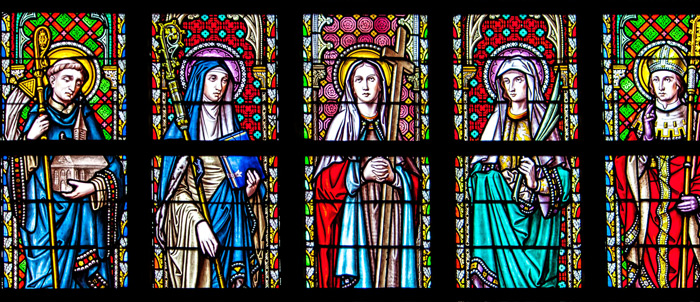The observance of All Saints Day goes back to the early centuries of the Christian Church. Initially, Christians would celebrate martyrs on the anniversaries of their death, because those days marked their birthdays unto eternal life with Jesus in heaven. However, as the number of martyrs grew during persecutions like that of Emperor Diocletian and his successor—which lasted from A.D. 303-311—it became difficult to assign a specific day to each witness who died for the Faith. Therefore, beginning in the fourth century, the Church established a common day to honor all martyrs, including in two cities in modern-day Turkey: Edessa on May 13 and in Antioch on the first Sunday after Pentecost.
In the year 609 or 610, Pope Boniface IV consecrated the Pantheon in Rome to the Blessed Virgin Mary and all martyrs, choosing to commemorate the saints on May 13. Later, Pope Gregory III (731-741) dedicated a chapel in St. Peter’s Basilica to all saints and moved the celebration to November 1. Finally, Pope Gregory IV (827-844) made November 1 the official date for the Feast of All Saints throughout the entire Western Church, thereby also recognizing and respecting the same celebration of Eastern Catholics earlier in the year.
-via Catholic Answers

